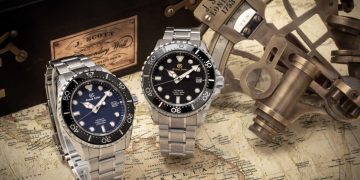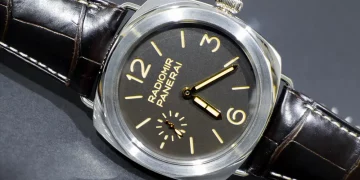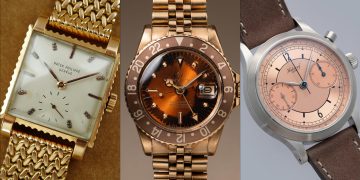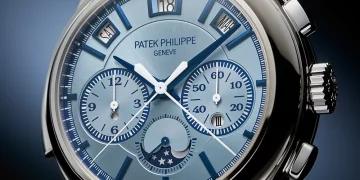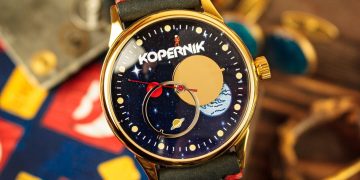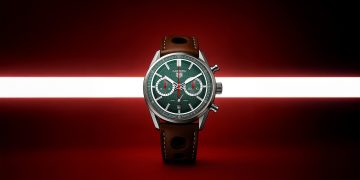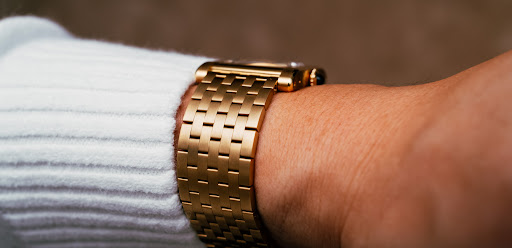Introduction
In the world of luxury, heritage is more than just a marketing tool—it’s the foundation upon which many of the most renowned watch brands have built their identities. Watches, particularly luxury timepieces, are often seen as more than just functional accessories; they are symbols of craftsmanship, tradition, and prestige. As the global market for luxury goods continues to expand, watch brands are finding ways to use their cultural heritage not only to differentiate themselves but also to create lasting emotional connections with consumers.
Cultural heritage is deeply embedded in the philosophy of many of the world’s top watch brands. Whether it’s the centuries-old tradition of Swiss watchmaking, the rich history of German craftsmanship, or the influence of iconic design movements, cultural storytelling is an essential part of branding. By emphasizing cultural roots and history, these brands tap into consumers’ desire for authenticity, quality, and exclusivity. The most successful watch brands manage to convey the essence of their cultural legacy while staying relevant in today’s rapidly changing global marketplace.
In this article, we will explore how watch brands successfully attract global consumers through their cultural heritage. We will look at the ways in which culture influences design, craftsmanship, marketing, and storytelling. We’ll also examine how the world’s most prestigious watch brands, such as Rolex, Patek Philippe, Omega, and others, have incorporated their rich cultural history into their brand narratives, ensuring their place as global icons of luxury. Finally, we’ll assess how cultural heritage influences the purchasing decisions of modern luxury consumers and why it remains an essential part of watch branding in the 21st century.
1. The Role of Cultural Heritage in Luxury Watchmaking
1.1 What is Cultural Heritage in Watchmaking?
- Cultural heritage refers to the traditions, knowledge, practices, and values that have been passed down through generations and are integral to a brand’s identity.
- In watchmaking, cultural heritage often includes the techniques and methods used in the creation of timepieces, the historical milestones of the brand, and the local or national pride associated with the brand’s origins.
1.2 Why Cultural Heritage Matters to Consumers
- Consumers today are increasingly seeking authenticity in the brands they support. A product that has a deep, storied history tends to evoke a sense of trust and admiration.
- Luxury consumers, especially those buying high-end timepieces, are often motivated by the desire for uniqueness and exclusivity. Watches with a strong cultural heritage provide not just a functional item but a piece of history and tradition.
- The emotional value tied to owning a piece of craftsmanship rooted in culture is significant for many buyers.
2. Watch Brands That Have Mastered Cultural Heritage Marketing
2.1 Rolex: The Emblem of Swiss Watchmaking Tradition
- Rolex is perhaps the most iconic luxury watch brand in the world, and much of its success comes from its deep connection to Swiss watchmaking culture. Swiss watchmaking, known for its precision and excellence, has become synonymous with luxury, and Rolex has embodied this tradition since its founding in 1905.
- Rolex’s brand storytelling focuses on its rich history, innovation, and its association with global explorers, athletes, and cultural icons, reinforcing the notion of Swiss craftsmanship and adventure.
2.2 Patek Philippe: A Symbol of Timeless Elegance
- Patek Philippe, founded in 1839, represents the epitome of Swiss watchmaking excellence. The brand’s focus on the craftsmanship of its timepieces, combined with the narrative of its family-owned heritage, appeals to consumers who appreciate the artistry and exclusivity that comes with owning a Patek Philippe watch.
- The brand’s slogan, “You never actually own a Patek Philippe. You merely look after it for the next generation,” highlights the idea of heritage and legacy, reinforcing the value of cultural inheritance in luxury.
2.3 Omega: A Legacy of Innovation and Exploration
- Omega’s cultural narrative is built on its pioneering achievements, such as being the first watch worn on the moon during the Apollo 11 mission. The brand’s connection to exploration and its roots in Swiss precision has made it a favorite among those who value both technology and tradition.
- Omega’s storytelling often emphasizes its role in history, from the Olympic Games to space exploration, cementing its reputation as a brand that blends modern innovation with historical significance.
2.4 Jaeger-LeCoultre: Bridging Tradition and Innovation
- Jaeger-LeCoultre, with its long history of creating high-quality timepieces, has maintained a balance between respecting traditional watchmaking methods and embracing cutting-edge technological advancements.
- The brand’s cultural narrative centers around the prestigious “Grande Complication” watches and its mastery in creating intricate movements, which appeal to collectors and enthusiasts who appreciate both technical prowess and a legacy of craftsmanship.
3. The Importance of Design and Craftsmanship in Cultural Branding
3.1 How Cultural Heritage Influences Design Choices
- The design of a luxury watch is deeply influenced by cultural heritage, from the materials used to the artistic inspiration behind each piece.
- Many brands incorporate symbols, motifs, or aesthetic styles tied to their country of origin, such as Swiss-style dial markers, German craftsmanship, or Italian design aesthetics.
3.2 Craftsmanship as a Representation of Heritage
- Craftsmanship is the hallmark of luxury watches. The intricate detailing in movements, cases, and dials is an expression of the skills and techniques passed down through generations of watchmakers.
- Watch brands often highlight their dedication to handcrafting processes to reinforce their commitment to maintaining cultural traditions in the face of mass production and technological advancements.
3.3 Limited Edition Collections as a Cultural Tribute
- Many watch brands create limited edition pieces that pay homage to historical events, cultural icons, or significant milestones in their own history. These pieces are often highly coveted by collectors and are marketed as a way to own a piece of history.
- Such collections allow consumers to connect with a brand on a deeper level, as they are investing in a timepiece that is a reflection of the brand’s cultural heritage and legacy.
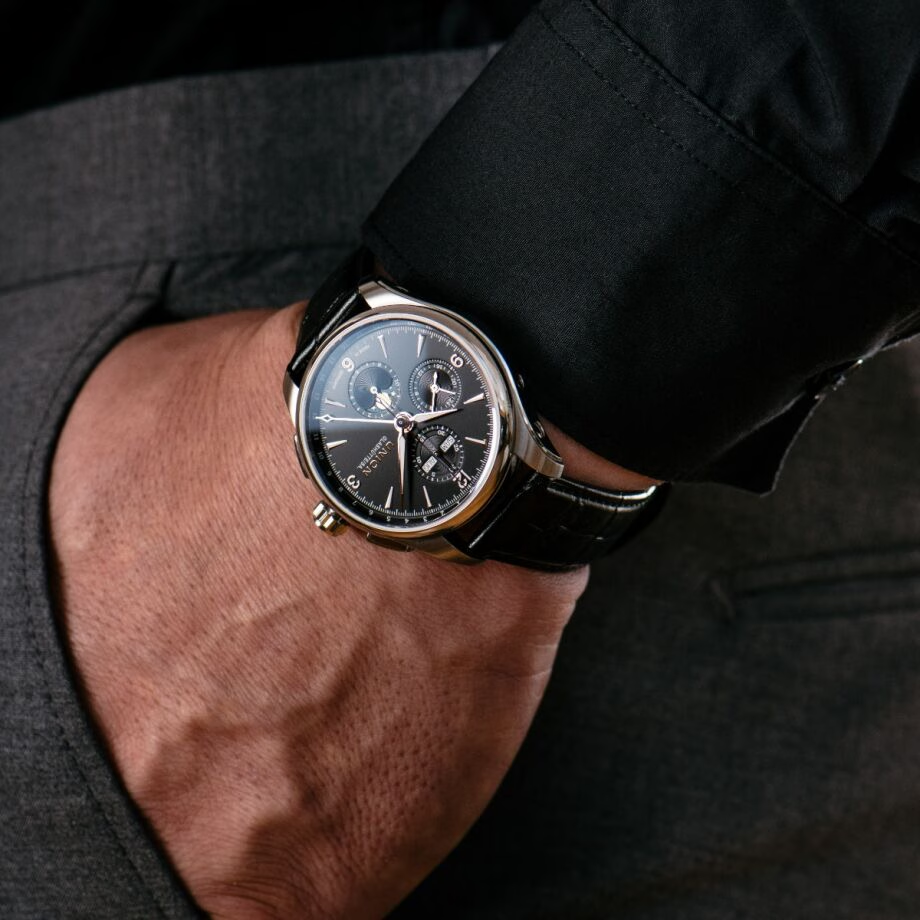
4. The Global Appeal of Cultural Heritage in Watchmaking
4.1 International Market Demand for Swiss Luxury Watches
- Swiss-made watches are renowned worldwide for their heritage and craftsmanship, and the global demand for Swiss luxury watches continues to rise. Swiss brands like Rolex, Patek Philippe, and Audemars Piguet have successfully expanded their reach to emerging markets in Asia, the Middle East, and beyond.
- Cultural heritage provides a significant competitive edge in these markets, where consumers often seek premium brands that represent timeless traditions and luxury.
4.2 The Growing Importance of Cultural Storytelling in Emerging Markets
- In emerging markets such as China and India, cultural storytelling is becoming increasingly important as consumers seek authenticity in the products they purchase. Luxury watch brands that are able to communicate their cultural roots effectively are more likely to resonate with these consumers.
- Additionally, luxury consumers in these regions are often drawn to the idea of owning a piece of heritage that transcends time and geography.
4.3 The Influence of Globalization on Local Craftsmanship
- While global brands often dominate the watchmaking market, there has been a rise in interest in local and independent watchmakers who prioritize craftsmanship and cultural heritage.
- Brands from outside traditional watchmaking countries, such as Japan and even the United States, are gaining recognition for their unique cultural influences and innovative designs that reflect their own histories and cultural values.
5. The Role of Marketing in Communicating Cultural Heritage
5.1 Storytelling as a Marketing Strategy
- Storytelling has become a crucial component in watch marketing, as brands leverage their cultural heritage to craft compelling narratives that connect emotionally with consumers.
- By telling the story of the brand’s origins, achievements, and artisanship, luxury watch brands can build a deeper connection with their audience, making their timepieces more than just a functional accessory but a symbol of legacy and excellence.
5.2 Digital Platforms and Social Media: Expanding Cultural Heritage Globally
- Digital platforms and social media have allowed watch brands to communicate their cultural heritage to a global audience in ways that were previously impossible.
- Through online content, video storytelling, and influencer collaborations, watch brands can share their history and heritage with a much wider audience, connecting with younger consumers who may not have been previously exposed to traditional watchmaking culture.
6. Conclusion: The Power of Cultural Heritage in the Modern Watch Market
In conclusion, cultural heritage remains a cornerstone of luxury watchmaking. By effectively communicating their history, craftsmanship, and the values that define them, watch brands are able to create a deep connection with global consumers. This connection transcends the purely functional aspect of watches, elevating timepieces to objects of desire, legacy, and tradition.
As the luxury watch market continues to evolve, brands that manage to balance their cultural heritage with innovation will likely remain at the forefront of the industry. The power of cultural storytelling, combined with the artistry of craftsmanship, ensures that luxury watch brands continue to captivate the hearts and minds of consumers worldwide.


